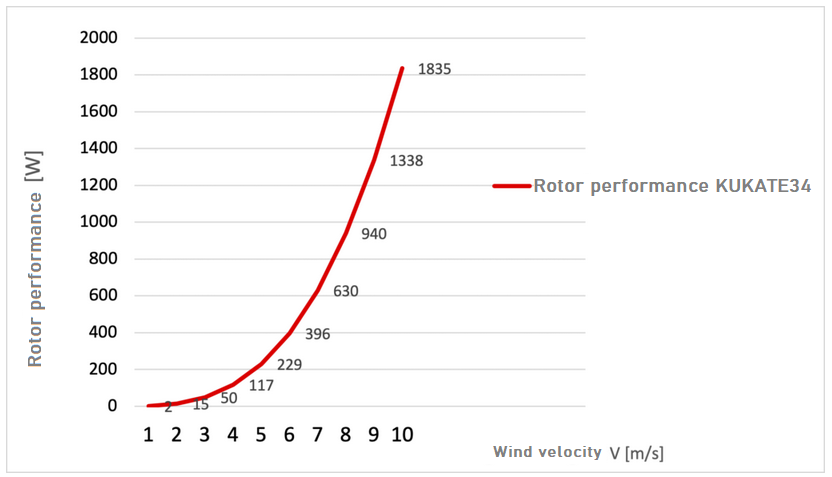Electric power
Poverty, few educational opportunities and health risks without electricity:
Of the 1.2 billion people without electricity, 87% live in -South Asia and sub-Saharan Africa – well over two hundred million in India alone.
Villages without electricity remain trapped in their poverty. Lack of lighting and computer training denies them access to education and information.
If even electric cooking stoves could be operated, the previous cooking with wood, dung and grass would cease. Air pollution due to smoke in rooms ceased. There would be countless fewer chronic respiratory illnesses caused by carbon monoxide, carbon dioxide, sulfur dioxide, smoke and soot pollution.
Autonomous self-sufficiency with small distribution networks:
A first step is the installation of photovoltaics, wind generators (e.g. KUKATE34E) and micro hydro power plants wherever it makes sense.
Large-scale supply in rural areas with high-voltage power lines is uneconomical. Centrally controlled wide-area power grids would also contradict the idea of autonomy and self-sufficiency.
The KUKATE34E for power supply:
Our KUKATE34E is a self-build small wind turbine for electricity generation.
It drives an electric generator via a gearbox. At the same time, the gearbox and generator components are easy to replace, maintain and repair.

Example of the generator installation of the KUKATE34E.
Many electric motors can be converted into generators for the KUKATE34. Building instructions for generators can be found on the Internet.
If components fail, they can likely be replaced or repaired within hours with minimal effort.

Diagram KUKATE34 Rotor power.
The diagram shows the shaft power of the rotor. This must still be multiplied by the efficiency of the gearbox and by the efficiency of the generator if you want to know the effective electrical power.
Basic knowledge of metal construction and electrical engineering is sufficient:
The KUKATE34E wind energy generators have no pneumatic, electronic or hydraulic construction components. Simple agricultural machinery construction and electrical engineering skills at the level of an intermediate technology are sufficient to charge batteries for power supply permanently and reliably.
Problems with photovoltaics:
We have described the fatal problem of energy supply with the help of photovoltaics in sparsely populated areas under the item “1.3.2.3 Photovoltaics as an alternative?” (LINK to the outline):
A system operating with solar modules may fail. A lightning strike to the system, a destructive hailstorm or even a theft of the solar cells can occur: The consequences are then not quickly eliminated and therefore usually catastrophic for those affected.
Reliable supply with the KUKATE34E
All KUKATE wind energy converters are extremely simple in design. If a component fails, it can be replaced within a short time or the wind pump can continue to operate improvised until it is completely repaired.
→ Note: The KUKATE34 plans are currently being revised and will be available to all in the foreseeable future.
